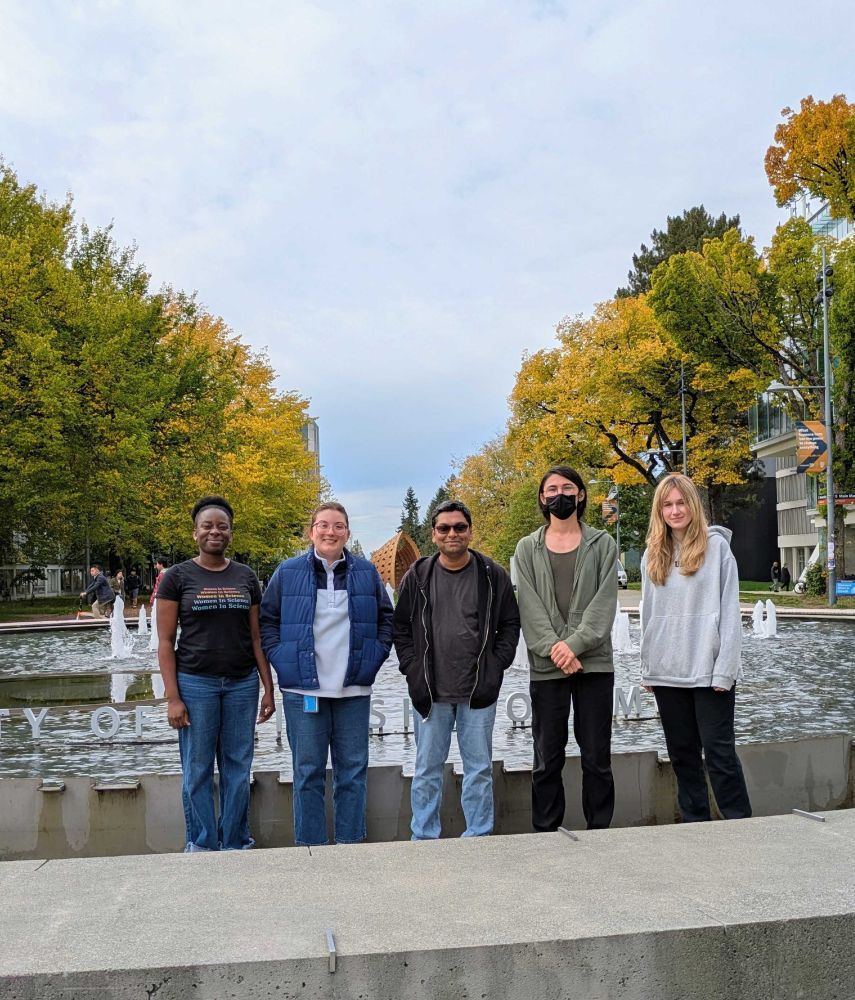Arif Ashraf
@aribidopsis.bsky.social
820 followers
580 following
440 posts
Assistant professor of Botany at the University of British Columbia. My lab works on cell division and beyond.
Lab website: https://www.ashraflab.com/
Posts
Media
Videos
Starter Packs
Pinned
Reposted by Arif Ashraf
Reposted by Arif Ashraf
Reposted by Arif Ashraf
Reposted by Arif Ashraf
Reposted by Arif Ashraf
Reposted by Arif Ashraf
Reposted by Arif Ashraf
Reposted by Arif Ashraf
Reposted by Arif Ashraf
Reposted by Arif Ashraf
Reposted by Arif Ashraf
Reposted by Arif Ashraf
Reposted by Arif Ashraf





















